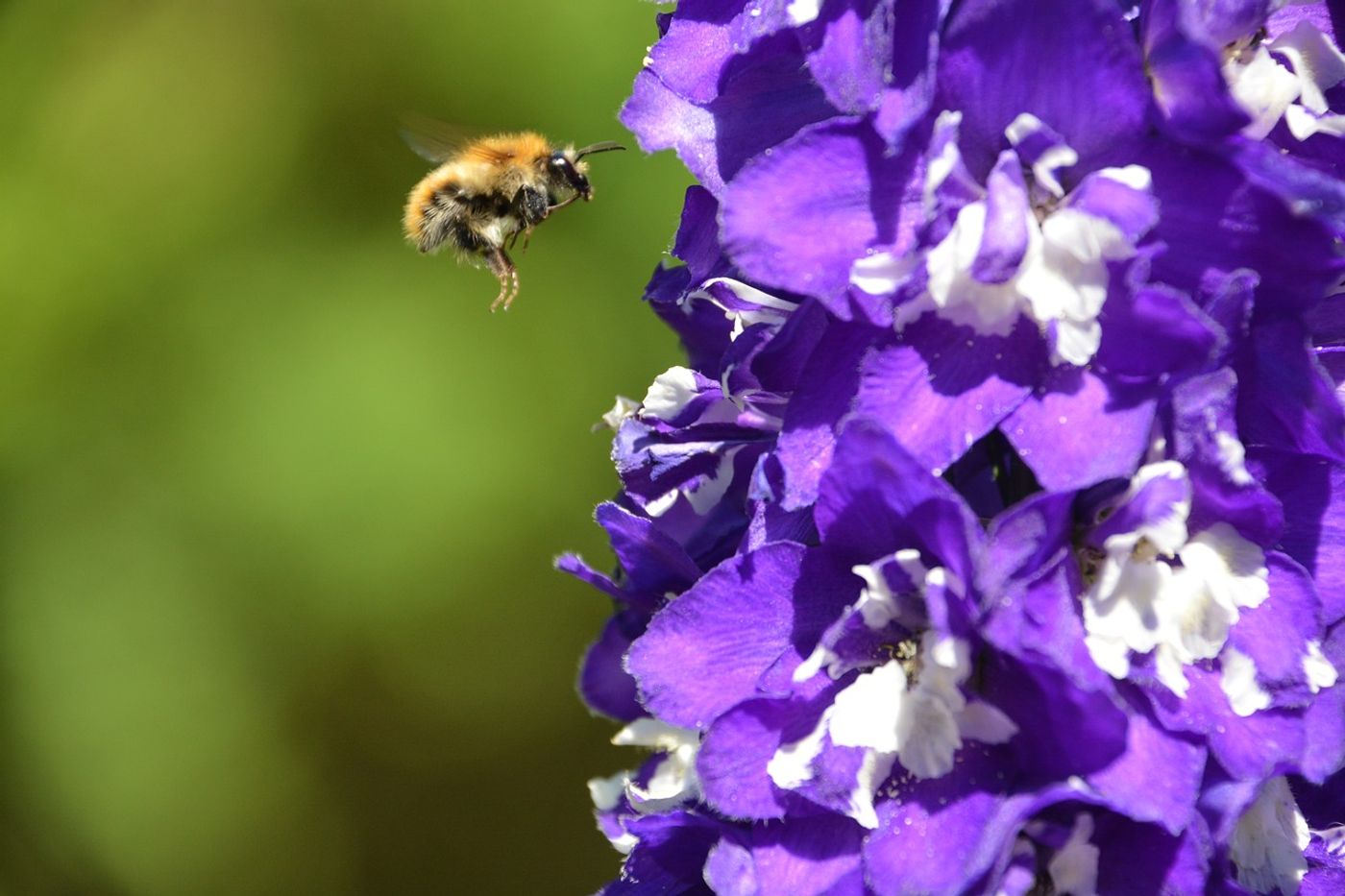First Bumble Bee Added to Endangered Species List in United States
We’ve been warned for a while now by the United States Fish and Wildlife Service (FWS) that the rusty patched bumble bee would be considered for the endangered species list, but it seems that it has finally been carved in stone.
Image Credit: Buddy_Nath/Pixabay
According to a press release by the FWS that was released this week, the rusty patches bumble bee is now the first United States-based bumble bee to be marked as an endangered species.
“Our top priority is to act quickly to prevent extinction of the rusty patched bumble bee. Listing the bee as endangered will help us mobilize partners and focus resources on finding ways right now to stop the decline,” said Tom Melius, the Midwest Regional Director of the FWS.
“The rusty patched bumble bee is among a group of pollinators – including the monarch butterfly – experiencing serious declines across the country. Why is this important? Pollinators are small but mighty parts of the natural mechanism that sustains us and our world. Without them, our forests, parks, meadows and shrublands, and the abundant, vibrant life they support, cannot survive, and our crops require laborious, costly pollination by hand,” he continued.
Its numbers have plummeted as much as 91% over the last couple of decades from a number of factors, including but not limited to habitat loss from land development, overuse of pesticide products, and the effects of climate change on the environment.
This was a bumble bee species that you used to see everywhere around the country, but now it’s a pretty rare sight in at least 28 of the states across the contiguous United States where it used to roam.
It was an important part of the pollination of a lot of essential crops, including but not limited to tomatoes, cranberries, and peppers, all of which we humans like to eat. They, in their once large numbers, used to help the famous monarch butterfly in its pollination duties.
Of course, now that it’s rarely seen in more than half of the United States, this isn’t so true anymore. The fact that it’s facing such an imminent future makes a lot of experts wary about ever actually seeing this species rebound again.
Melius says that the public can do small things to help reverse this tragedy, such as planting small native flowers at their homes in urban areas that will bloom during the Fall months and will foster pollination, and limiting the use of pesticides to prevent more of them from dying.
It will be a long, up-hill fight to protect this species, but there’s no way to tell if the attempt to do so will be successful. Only time will tell.
Source: FWS via Live Science









